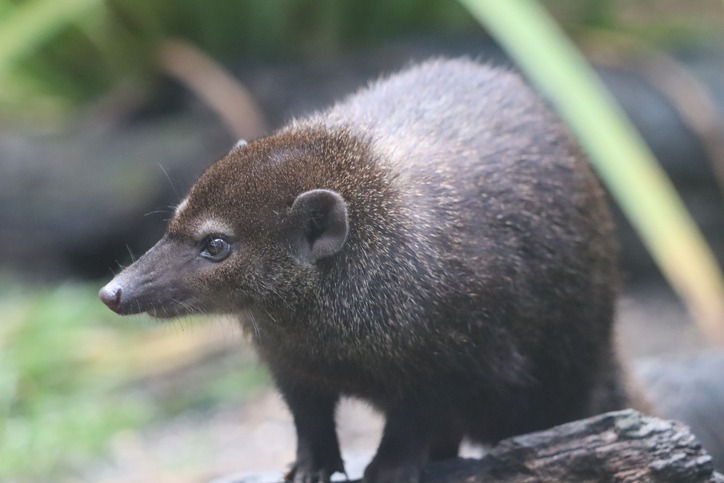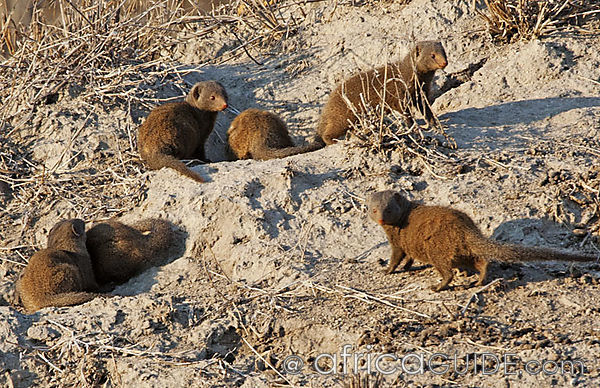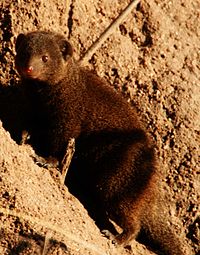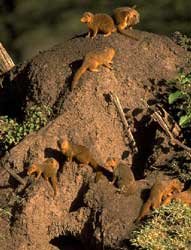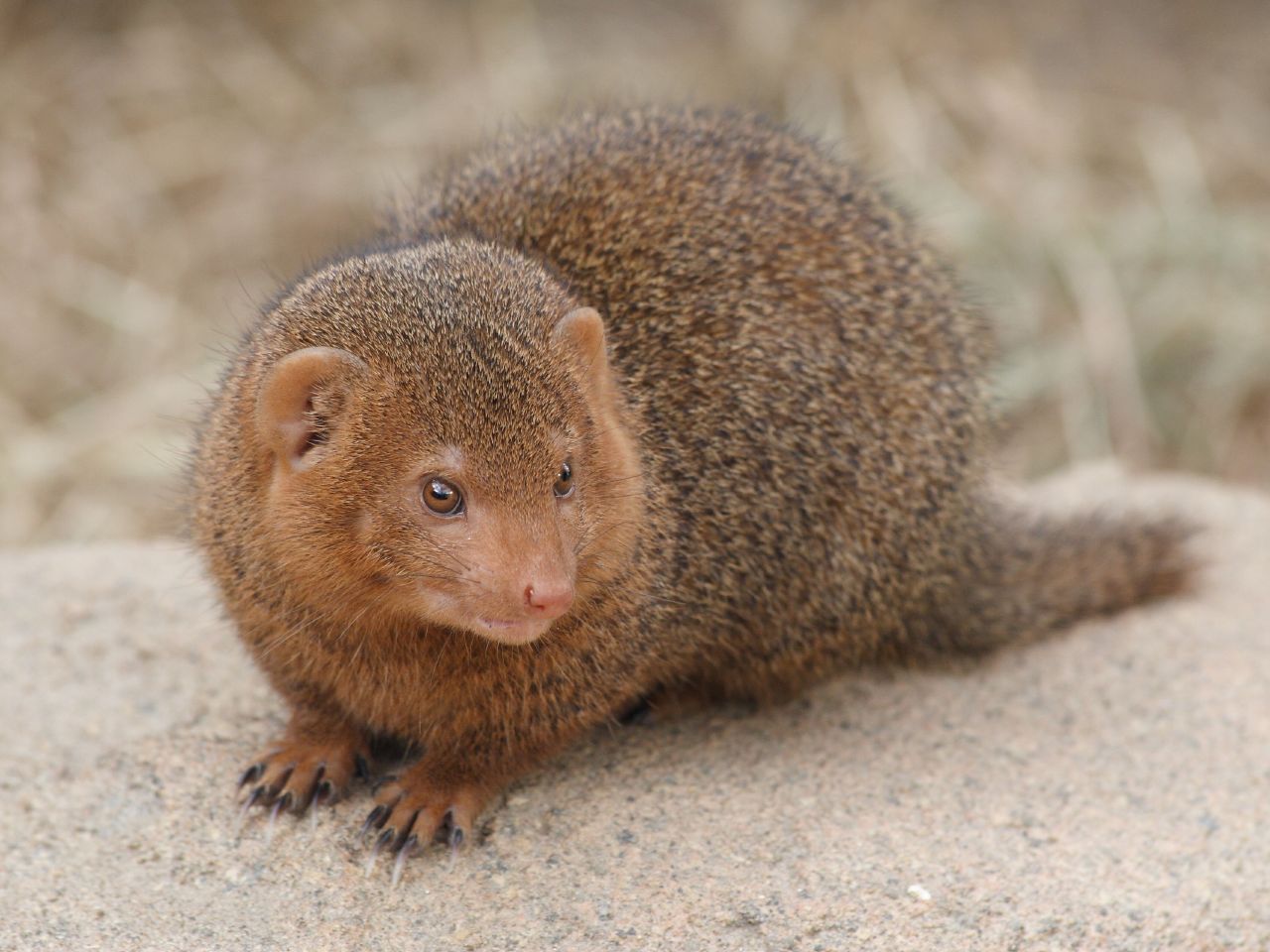As its name suggests, it is the smallest mongoose found in Africa. Despite its size, this mammal packs a huge personality, extremely gregarious and inquisitive, resembling their meerkat relatives' behavior. They are stubby, with short but pointed muzzles and long, furry tails. Often found in troops or packs, consisting of 8 to 30 individuals, grooming each other, playing around, or foraging for tasty food items to eat.
Read further to know more about the Dwarf Mongoose.
What is a Dwarf Mongoose?
Dwarf Mongoose is a mongoose species belonging to the Herpestidae family and the genus Helogale. It is native to Angola, Namibia, Zambia, East Africa, and South Africa, occurring in savannas, woodlands, and thickets. The species is both the smallest mongoose and the smallest carnivore found in Africa.
Its seven levels of classification are as follows:
Kingdom: Animalia
Phylum: Chordata
Class: Mammalia
Order: Carnivora
Suborder: Feliformia
Family: Herpestidae
Genus: Helogale
Species: H. parvula
Dwarf Mongoose Physical Description
Dwarf Mongooses sport a smooth, shiny coat, which may vary in color, but is typically speckled brownish to black. Meanwhile, tails and lower legs appear to be generally darker but subtly duller ventral surfaces and underparts. They have a large, pointed head, small ear, long, furry tail, and short limbs equipped with long claws. These creatures grow from 18 to 28 cm, 210 to 350 grams. Males are slightly larger than females.
Where can they be spotted?
Dwarf Mongooses are small carnivores, whose range is spread throughout Angola, Namibia, Zambia, East Africa, and South Africa. They thrive in dry grasslands, savannas, woodlands, thickets, open forests, thickets, and bushlands, especially those areas abundant with termite mounds, but avoiding deserts and densely-wooded forests. Logs, rock outcrops, and mounds serve as their shelter and the refuge for their young.
Interesting Facts You Should Know About the Dwarf Mongoose
Despite their small size, Dwarf Mongooses are mainly carnivorous creatures, feeding on reptiles, rodents, young birds, eggs, and insects, such as termites, beetles, larvae, grubs, grasshoppers, scorpions, and spiders. Occasionally, they may add fruit in their diet. Much of their days are spent on foraging food items among rocks, leaves, and bushes. While they hunt with other members of the group, each Dwarf Mongoose catches its own prey, killing the victim by biting it on the head. These mammals are generally water independent, but may drink water should water become available.
Dwarf Mongooses are highly-sociable, living in groups composed of 8 to 30 members. They constantly communicate using a lot of trills, whistles, and twitter. It is vital in altering other individuals about necessary movements or whenever a threat or predators lurks around. The oldest male and female, are the dominant members of the troop. However, it is the alpha female who is more domineering and decides about the group's movements. Meanwhile, the alpha male keenly observes and watches out for any potential danger and protects the territory if needed.
Meanwhile, the remaining members of the group observe an inverted hierarchy or ranking based on age. Younger ones are positioned higher than the older individuals to avoid competition with the adults and see to it that juveniles get ample amounts of food.
The head female gives birth to two to three pups annually, after a gestation period of about 49 to 56 days. She will nurse them for about 45 days while other members of the troops gather additional food and may help in attending to the offsprings. At six months of age, juveniles will start joining the pack as they forage for food and reach sexual maturity at about three years of age.
Common predators of dwarf mongoose include Tawny Eagles, Martial Eagles, Goshawks, jackals, snakes, and other larger mongoose species. However, they are known to build mutualistic relationships with the hornbills. Hornbills benefit from the Dwarf Mongooses as these small mammals disturb insects, which is then caught by the water bird. Meanwhile, hornbills serve as Dwarf Mongooses' "guard," alerting them of any potential danger.
Dwarf Mongooses are common and spread throughout their range. They are currently listed as Least Concern (LC) under the IUCN Red List of Threatened Species.
WILDLIFE PARKS AND RESERVES WHERE THIS SPECIES IS FOUND:

